Description and characteristics of Murano strawberries, cultivation and reproduction
Garden strawberries are grown in almost every summer cottage. A wide variety of varieties allows you to enjoy delicious berries anywhere in the country. Many breeders are trying to inculcate foreign species to the harsh Russian climate. The most popular of these types is the Murano strawberry. It tolerates the cool climate of most regions of Russia well and pleases with a rich harvest.
Description and characteristics of Murano strawberries
The species appeared thanks to the painstaking work of Italian breeders in 2004. For breeding, they used varieties that were not patented. The basis for Murano was berries with number names R6R1-26 and A030-12. After that, the plant was tested in different climatic conditions. In 2012, the Consorzio Italiano Vivaisti company received a patent for the variety.
Murano is perfect for growing in a variety of conditions:
- on open land plots;
- indoors;
- when using hydroponic systems.
The repaired variety has compact plants. They differ in average growth, the height does not exceed 30 cm. The diameter of an erect bush varies from 45 to 50 cm. Large leaves have a rich green tint, their number is small. Murano reproduces by 2-3 whiskers, which root well on their own.
The plant has large peduncles, on which powerful buds develop, located slightly above the rosette. White flowers have 5-6 petals. The diameter of one bud reaches 3.7 cm. The period from the beginning of flowering to harvesting takes no more than one month.

The berries of the variety are distinguished by the correct shape, resembling a slightly elongated cone. The skin is smooth and shiny, with a bright red tint. The pulp is characterized by juiciness, firmness and meatiness. Murano has a distinct aroma. The weight of one fruit is 20-25 grams. In some cases, representatives weighing more than 35 g are found.
One bush can produce up to 1.1 kg of strawberries in one season. By the end of the growing season, the berries become smaller, but do not lose their taste. The fruits perfectly tolerate transportation, for which they are in demand among gardeners.
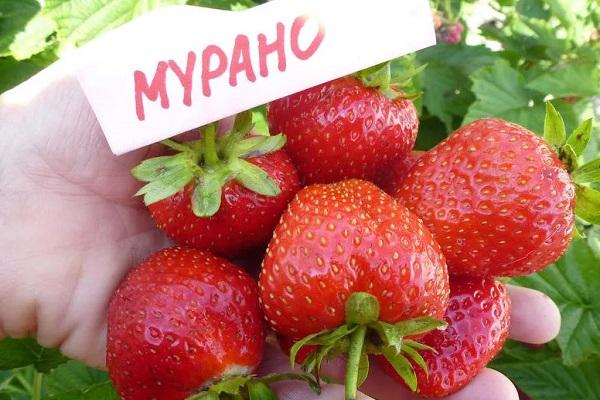
Pros and cons of the variety
Like other garden strawberries, Murano has its own advantages and disadvantages. These characteristics are presented in the table.
| Benefits | disadvantages |
| Murano strawberry variety has an early ripening period | Planting material has a high cost |
| The plant develops well in dimly lit areas | Reproduction is difficult, because each bush has 2-3 whiskers |
| Fruiting is abundant and long. Berries ripen several times | In severe drought, fruits die |
| Doesn't require painstaking care | |
| Possesses excellent taste | |
| Fruits tolerate transportation well and retain their presentation | |
| Productivity is high | |
| The plant is resistant to most diseases inherent in the culture | |
| Possesses frost resistance and heat resistance |

As shown in the table, Murano has a fair amount of positive sides. Therefore, the variety is so fond of foreign and domestic gardeners. The main disadvantage is the difficult reproduction of the mustache and, as a result, the high cost of planting material.
The subtleties of growing a culture
Breeders stated that most modern varieties are unpretentious in care. But the fulfillment of simple agronomic requirements when planting and growing berries is still necessary. Indeed, the development and productivity of plants depends on these rules. The Murano variety also needs attention.
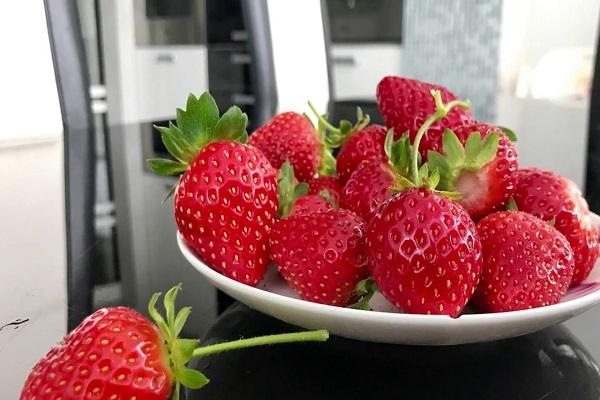
Choosing the right seedlings
Planting strawberries will take some painstaking work. The first step is to select suitable sprouts. The cost of future bushes is also taken into account. The variety has a high price, so it is important to inspect the seedlings before purchasing. It is good if there is an opportunity to get young plants directly from the garden. But most often the bushes are sold in specialized stores or nurseries.
To choose a good strawberry sprout, two rules are followed:
- The root system is developed and flexible. The length of the roots is at least 7 cm, the thickness is up to 8 mm.
- The strong bush has more than three green leaves.
Drop off time
Experienced summer residents noted that the best time for planting strawberry bushes is in late summer and early autumn. So the plant will take root better and go through the process of hardening in winter frosts. To speed up the harvest, the bushes are planted in the spring. To protect against possible April frosts, the plants are covered with agrofibre.
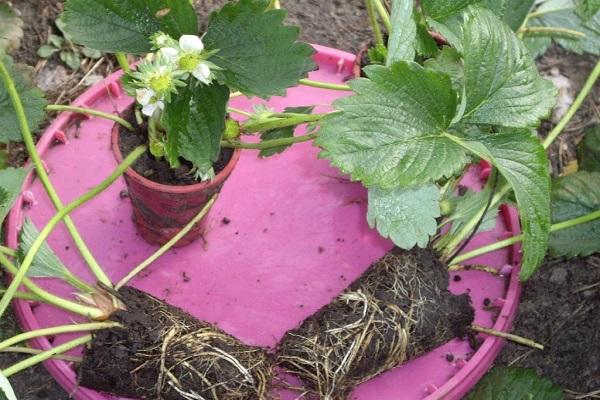
Landing place
For Murano strawberries, soil with a neutral acidity level is chosen. Do not plant berries in acidic or swampy areas. It is also important to keep an eye on the water table. They should be more than 1.5 meters from the plant roots. This condition ensures abundant fruiting and healthy plants. Strawberries are planted in the hills.
Planting process
Bushes possessing compactness are placed closer to each other than conventional varieties. The standard planting pattern for garden strawberries is 50 x 50 cm. For Murano, gardeners use a planting pattern of 30 x 30 cm, and in some cases 25 x 25 cm. The variety is perfect for novice agronomists, since it is undemanding to care for.
When planting berries, it is important to take into account the predecessors and the proximity of crops. Horseradish, sunflower, buttercup, raspberries, nightshade vegetables will become bad companions in the strawberry garden. Dill, parsley, radishes, beans, legumes, and garlic are excellent precursors. It is also important to give the beds a 5 year break from strawberry planting.
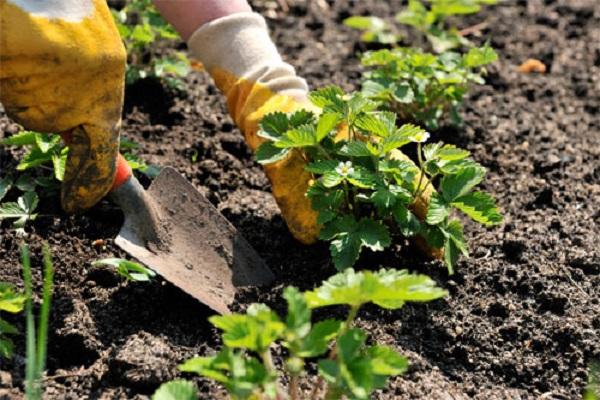
Murano strawberry care
The plant should not be discarded after planting. Like any other crop, it will need watering, feeding, weeding, mulching. When leaving the bushes to winter in the open field, you should take care of mulching and shelter. Proper care will provide the plant with strong immunity and a high yield.
Watering
The breeders of the Murano variety assure that these berries are heat-resistant. But that doesn't mean they don't need regular watering. A good solution is to provide plants with drip irrigation. Watering frequency should be at least 1 time per week. In a dry summer, the frequency of irrigation is increased up to 3 times.Mulching the roots and creating shade will also help transfer the heat.
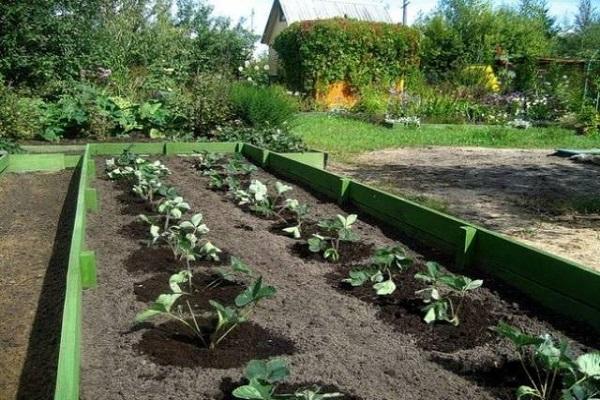
Fertilizer
To improve plant health, it is worth fertilizing on time. Such events are held several times per season. It should be noted that strawberries need both root and foliar feeding. In early spring, nitrogen compounds are applied to the plants.
After the appearance of the first peduncles, the leaves are provided with a sufficient amount of potassium, phosphorus, manganese and iron. Re-feed such compositions after 3-4 weeks. As a pre-winter preparation, the plant is fed with mineral complexes based on potassium and phosphorus. Nitrogen fertilizers reduce resistance to winter cold, so they should not be applied in autumn.
Weeding and loosening
If the bushes were planted in open ground, and not under spunbond, weeding and loosening will become mandatory care measures. Strawberry bushes do not tolerate weeds. The berries will become small and savory. Therefore, at least 6-8 weeding is carried out per season.
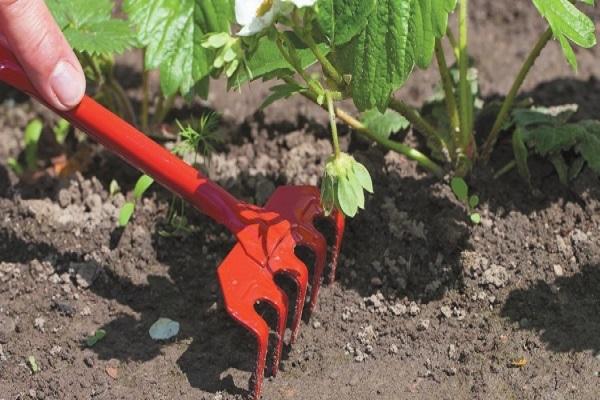
Loosening allows the roots to be saturated with oxygen, which favorably affects the development of plants. Soil cultivation is carried out around the bushes to a depth of 4 cm and between the beds - up to 10 cm. This event is also combined with fertilization. You should not carry out these procedures during flowering, so that pollen from flowers does not fall off.
Mulching
This action helps to reduce the number of weeds. Mulching also supports the fruitful properties of strawberries. The optimal period for the procedure is the appearance of the first flowers. This is due to the fact that the soil should warm up well in early spring.
Mulching keeps the soil moist longer and slows down weed growth. Pine needles, straw, hay, sawdust, fallen leaves or peat are used as material.
Wintering
After fruiting, the strawberries are prepared for the winter period. Cut off the leaves and whiskers, leaving no more than 10 cm of the stem. Before the first snow falls, the plant will have time to grow several leaves.

The next step is treatment with chemicals that protect against pests and diseases. After that, potassium-phosphorus fertilizing is introduced and mulched. Peat is suitable as winter mulch. Before the onset of cold weather, the plant is watered so that the roots have enough moisture. In cold regions, a shelter is created from coniferous branches or stretched spanbond.
Diseases, pests and prevention
The culture is susceptible to diseases and pests. Murano strawberries are no exception. There is no universal remedy for adverse events. Therefore, only a complex of chemicals will help the gardener.
Colloidal sulfur is used against powdery mildew. She also fights spider mites. Bordeaux liquid and iron vitriol will relieve rot and spotting. Copper sulfate has established itself against fungal spores. Among folk remedies, iodine-milk solution, garlic and onion tincture, ash or mustard powder are used.
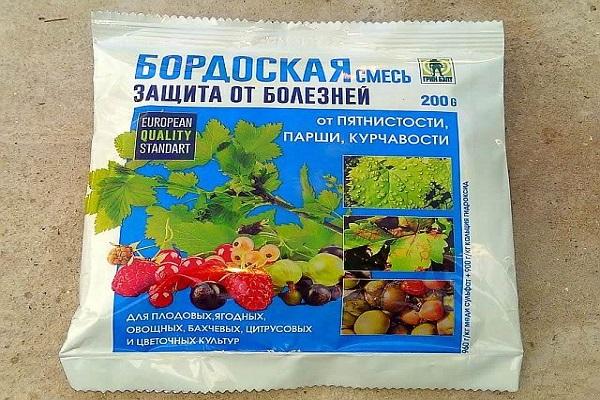
Plant propagation
Strawberry bushes reproduce in several ways:
- dropping a mustache;
- separation of the daughter bush from the uterine one;
- seeds.
A small amount of mustache in the Murano variety requires timely rooting. To do this, you need to sprinkle the shoot with earth in the garden bed or place it in a glass. The latter method facilitates the process of separation from the mother bush.
The bush itself grows well and forms young rosettes. After fruiting, the strawberries are separated and propagated by separate bushes. Using seeds is not an easy way to breed a variety. He is painstaking in caring for small sprouts.

Cleaning and storage
Harvesting is carried out a couple of days before real maturity. This helps to keep the strawberries fresh for several days. The berries are removed from the bush along with a small tail. Otherwise, the fruits will quickly deteriorate.It is better to carry out this procedure after the disappearance of the morning dew or before sunset.
The crop is stored in wooden or plastic boxes. Cover the bottom with a soft cloth or paper. The berries are placed in one layer, after which they are cooled at a temperature of 0 - +2. The berries are frozen or canned.
Murano strawberries have a good variety description, which is true. The berries are large and aromatic. The bushes are compact, which allows more plants to be placed in a small area. The variety is unpretentious to care for, tolerates short daylight hours and a cold climate.
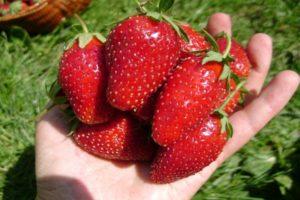

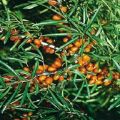
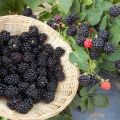
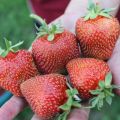

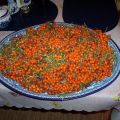

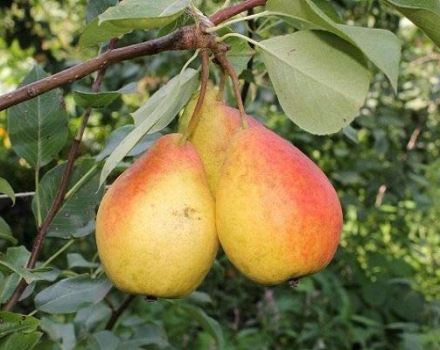
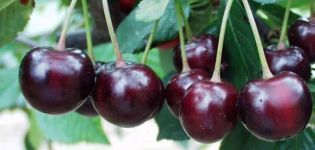
I liked the Murano variety very much. I grow on a loggia. After the first fruiting (2 peduncles, 4 berries each), the bush stopped developing, young leaves appear wrinkled. Could it be from the neighborhood with marigolds? Other varieties do not get sick.
Yes, Murano is a cool neutral. Marigolds are just the opposite - they protect growing strawberries from many pests, including nematodes, if planted in the open field with them. The reasons for stopping growth may lie in overflow - if the roots begin to rot.
How big is the pot? If small, then in conditions of extreme heat, the root could simply warm up. But if young leaves appear wrinkled - most likely, it is a tick, it affects them first of all. Do a couple of treatments with growth stimulant along with acaricide. If on a loggia, then it is advisable to use only biological products. Aktofit has proved itself to be excellent.